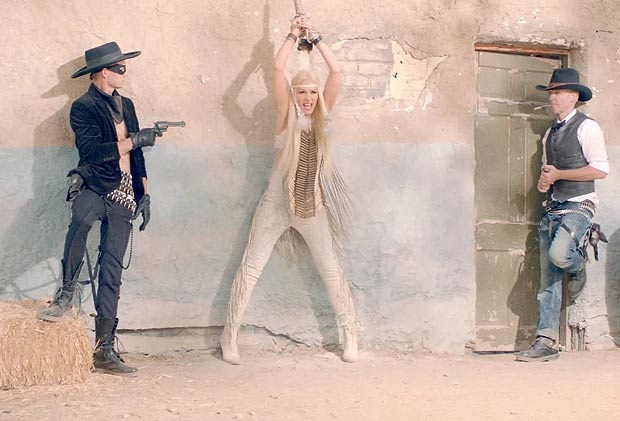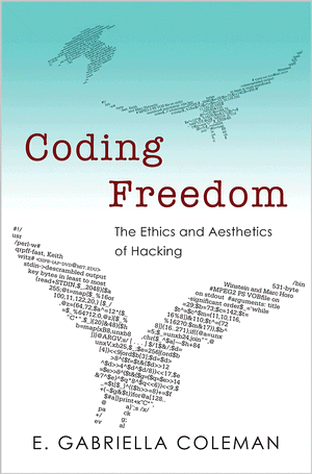In Indians in Unexpected Places Philip Deloria challenges readers to rethink expectations of Native people and their engagement in modernization. Although he sets out to understand the relationship between Indians and non-Indians in broad terms, the five essays that make up the book’s chapters are focused both historically on the turn of the century and culturally on the Lakota, Dakota, and other Native people of the Northern plains. Deloria’s project to twofold: to expose and question a “history of expectation” and to examine the how these expectations came into being (p. 6-7). His definition of expectations is central to this project and bears repeating here:
When you encounter the word expectation in this book, I want you to read it as shorthand for the dense economies of meaning, representation, and act that have inflected both American culture writ large and individuals, both Indian and non-Indian. I would like for you to think of expectations in terms of the colonial and imperial relations of power and domination existing between Indian people and the United States. You might see in expectation the ways in which popular culture works to produce—and sometimes to compromise—racism and misogyny. And I would, finally, like you to distinguish between the anomalous, which reinforces expectations, and the unexpected, which resists categorization, and thereby, questions expectations itself. (p. 11)
Each of Deloria’s essay-chapters are dedicated to, as the book’s title suggests, exploring how Native people have engaged in modernization in unexpected ways (i.e ways that question expectations) in the early 20th century: through making and acting in films, shaping sports, owning cars, and creating music. Blending history and cultural analysis, Deloria ultimately calls into question the ways in which modernity has been imagined against and in opposition to Native “primitiveness.” At stake is our conception of modernity, and the expectations that carry through that imagined history into the present, expectations that reproduce “social, political, legal, and economic relations that are asymmetrical, sometimes grossly so” (p. 4).
One example of how Native people engaged actively in modernity came in the second essay on “representation.” Red Wing and Young Deer—film writers, directors, and actors—worked together on a series of movies that rejected the conventional depictions of Native peoples in film at the early 20th century (p. 94-103). Deloria compares how cross-racial relationships are represented in The Squaw Man compared to how they are represented in Red Wing and Young Deer’s The Falling Arrow. The plot of The Squaw Man was typical for the time: a white man saves and then marries an Indian woman (echoing the narrative of colonial conquest), who later kills herself so that the white man can be with a white woman (affirming white-on-white romance). The Falling Arrow inverses this conventional plot line: an Indian man saves a white woman from a white man, and then the white woman falls in love with the Indian man. This film’s plot line questioned the expectation that Indians to not have power over whites. Similarly, Red Wing and Young Deer’s status of film creators challenges the expectation that Native people are only represented in films as passive actors. Red Wing and Young Deer’s series of films demonstrates that Native people where actively involved in using the new technology of film to question the dominant representations of Native people at the time.
One example of how Native people engaged actively in modernity came in the second essay on “representation.” Red Wing and Young Deer—film writers, directors, and actors—worked together on a series of movies that rejected the conventional depictions of Native peoples in film at the early 20th century (p. 94-103). Deloria compares how cross-racial relationships are represented in The Squaw Man compared to how they are represented in Red Wing and Young Deer’s The Falling Arrow. The plot of The Squaw Man was typical for the time: a white man saves and then marries an Indian woman (echoing the narrative of colonial conquest), who later kills herself so that the white man can be with a white woman (affirming white-on-white romance). The Falling Arrow inverses this conventional plot line: an Indian man saves a white woman from a white man, and then the white woman falls in love with the Indian man. This film’s plot line questioned the expectation that Indians to not have power over whites. Similarly, Red Wing and Young Deer’s status of film creators challenges the expectation that Native people are only represented in films as passive actors. Red Wing and Young Deer’s series of films demonstrates that Native people where actively involved in using the new technology of film to question the dominant representations of Native people at the time.
Discussion Questions:
1. Some of you might have heard about this, but last fall No Doubt put out a music video that portrayed Gwen Stefani as an Indian woman. The band quickly took the video down from YouTube after coming under criticism from Native groups. (You can still find the video online against the band’s wishes, I think). What do you think Deloria would have to say about how the video engages expectations about Native people?
2. I think Deloria is strategically using what Tsing calls (ideological) scaling to make generalizable claims about the relationship between Indians and non-Indians. Since many of you will be using Tsing’s concept of scaling in your projects, do find Deloria’s strategic use of scaling to be effective?
1. Some of you might have heard about this, but last fall No Doubt put out a music video that portrayed Gwen Stefani as an Indian woman. The band quickly took the video down from YouTube after coming under criticism from Native groups. (You can still find the video online against the band’s wishes, I think). What do you think Deloria would have to say about how the video engages expectations about Native people?
2. I think Deloria is strategically using what Tsing calls (ideological) scaling to make generalizable claims about the relationship between Indians and non-Indians. Since many of you will be using Tsing’s concept of scaling in your projects, do find Deloria’s strategic use of scaling to be effective?




 RSS Feed
RSS Feed
